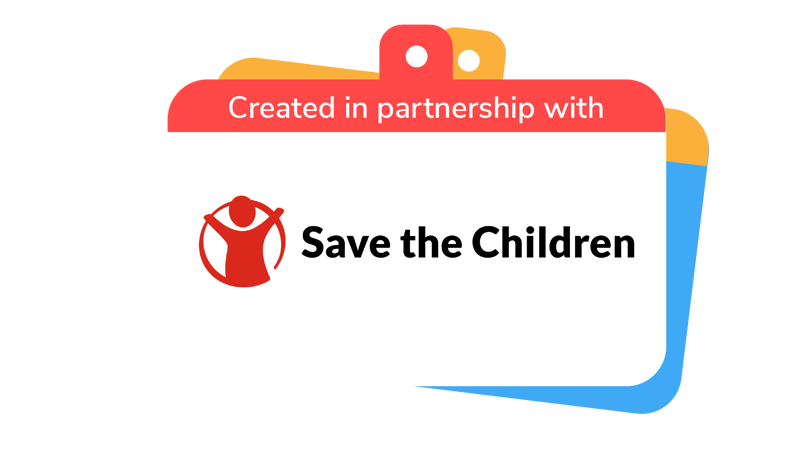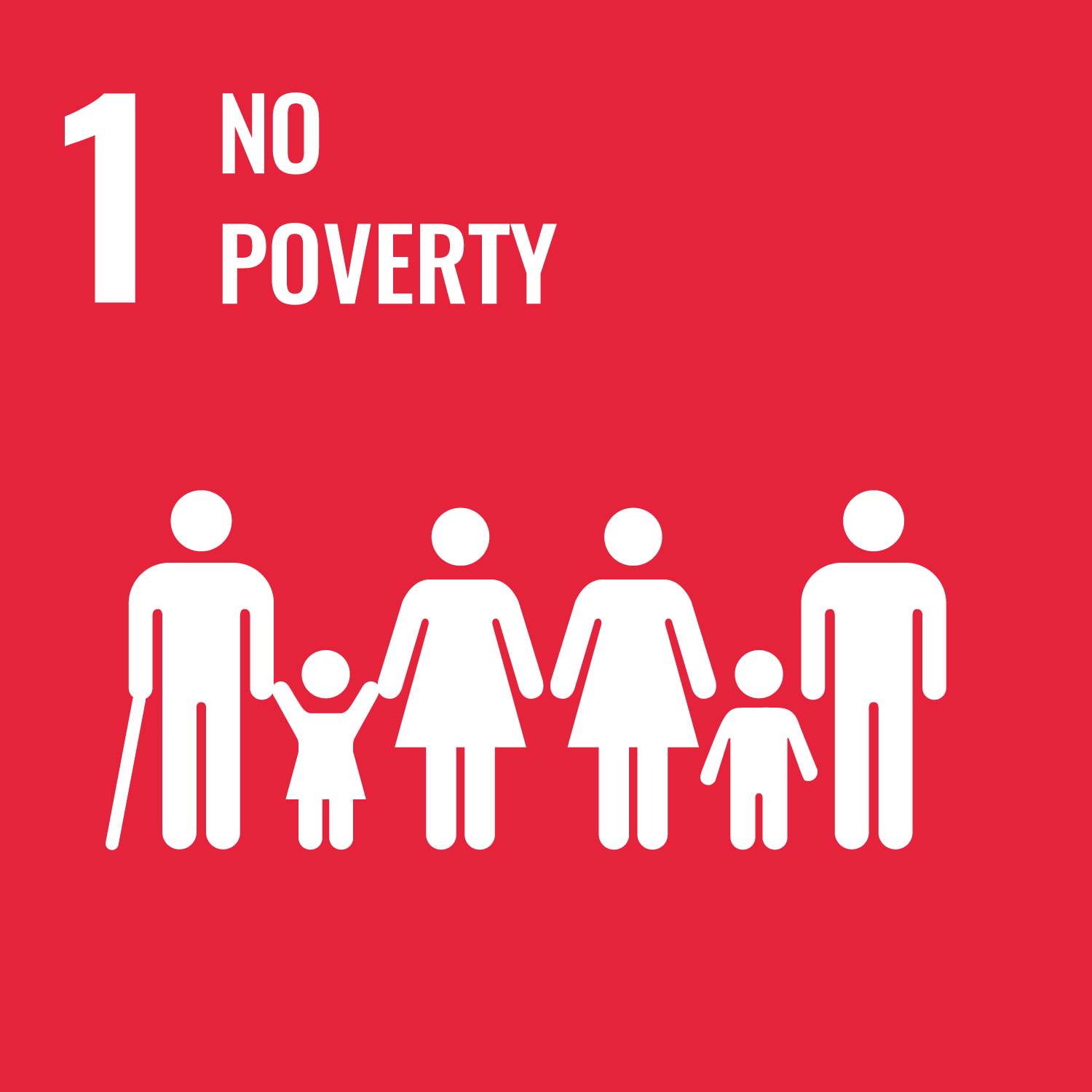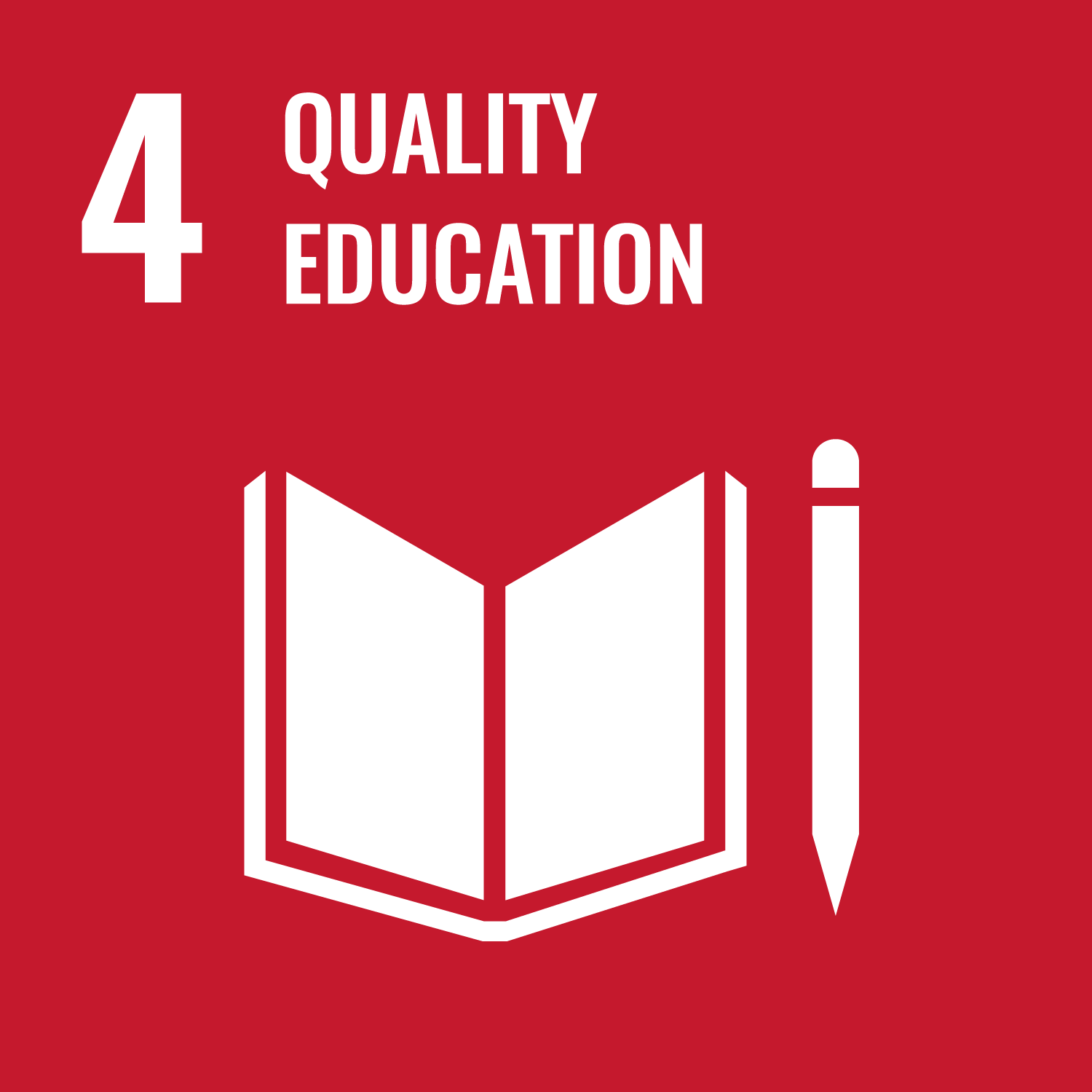
Quiz your community
You’ll need
- A4 paper
- Pens or pencils
- Device with access to the internet
Before you begin
- Plan how you’ll take the quiz into your local community – once you’ve decided on the details, you’ll need to sort out a risk assessment and let parents and carers know.
Introduce the idea
-
The person leading the activity should remind everyone that many refugees and displaced children have had to flee their homes because of conflict or crisis in their home country. Ask what people know about current conflicts or crises around the world. Ask if people can remember the difference between ‘refugee’, ‘migrant’, and ‘displaced’.
Encourage people to give as many answers as possible, even if they’re not entirely sure if they’re exactly right. You could encourage more answers by asking questions like ‘Where is Afghanistan?’ or ‘What could the UK do about the situation?’
- The person leading the activity should ask everyone if they can remember all the things that have just been said. People probably won’t remember everything.
Don’t forget to congratulate people for everything they know.
- Everyone should think about how they can share information in a fun way that’s more likely to engage people and help them remember it.
If people don’t reach the idea of a quiz, prompt them. Listen to their other suggestions too – they may have some good ideas you could also try!
Make the quiz
- Everyone should think about what they like (or don’t like) about quizzes. What makes them enjoyable?
People could think about the sorts of questions (for example, multiple choice or not), how tricky the questions are, and whether they prefer different rounds with different themes.
- The person leading the activity should ask everyone what they’ll need to make a really good quiz.
Among everyone’s ideas, listen for someone saying information, facts, or answers. They’ll need to make sure they know about a topic before they can write questions.
- Everyone should think about how they can make sure the things they know are accurate. Where could they get more information?
- The person leading activity should remind everyone that Save the Children have plenty of information and resources and show them the fact sheets.
- Everyone should split into groups. The person leading the activity should give each group a few copies of the fact sheets.
- Each group should read the sheets and make sure they understand it all. If they don’t understand anything (or have any questions), they should ask the person leading the activity.
- Each group should decide how they’ll structure their quiz. Will they have more than one round? What sort of questions will they include? Will they give people half points if they’re nearly right?
- Each group should work together to think of their questions and write them down.
- Each group should join up with another group to test their questions. Do they all work? Do any need to be made easier or trickier?
- Everyone should come back together and chat about how they found practising their quiz. Did any questions work really well? Does anyone remember anything they learned? Did people tweak any questions?
- Each group should decide how they’ll track people’s answers. Will they ask the questions and write down people’s answers or give them the questions on a sheet? If they give people sheets, will they collect them or let them keep them?
- The person leading the activity should remind everyone people often like to get rewards for participating. Everyone should spend a few moments thinking of an easy reward they could make, for example, stickers that say ‘I took a Scout quiz and learned lots about how to help children who have to flee their homes! Ask me what I know.’
People could make these from sticky labels if they have time (and resources), but it doesn’t matter if they stay as an idea.
The quiz
- Everyone should take their quiz into their community and see what they can discover.
Make sure that everyone sticks together in groups and that leaders are present.
- Everyone should compare their results and talk about the conversations the quiz prompted. What did (and didn’t) people know? Was anything surprising? Did people notice that different people tended to know different things (for example adults compared to children)?
It’s up to you whether you do this straight after you take your quiz into the community or the next time you meet.
- Now they know what people need to learn, everyone should think about how they could teach their community more about crises which force children to become displaced in their own countries or flee their country as a refugee.

This activity helps contribute towards some of the UN's Sustainable Development Goals. Find out more about the SDGs, and how Scouts across the world are getting involved.



Reflection
This activity was all about being a citizen. Were people surprised by their community’s knowledge? Why is it important to know about things happening all over the world? People could think about how we’re all global citizens who have the power to try to help each other. Where could people go if they wanted to find out more? You could chat about how to find reliable sources, like Save the Children’s website.
This activity also needed people to communicate. Was it tricky to know how to ask questions clearly? Would people change any of their questions before doing the quiz again? What would be the best way to tell the community more about crises that force children to flee their homes?
Safety
All activities must be safely managed. You must complete a thorough risk assessment and take appropriate steps to reduce risk. Use the safety checklist to help you plan and risk assess your activity. Always get approval for the activity, and have suitable supervision and an InTouch process.
- It’s up to each group how long their quiz is – and how tricky the questions are. You may want to help people take feedback on board so their quizzes are useful: they won’t learn much about what people know if all of their questions are very difficult.
- Once young people have chosen their questions, the person leading the game could type up the quizzes and print them out.
- One person in each group could read the sheet out for everyone. If you don’t have many confident readers, the person leading the activity could read the information sheet for everyone.
- Make sure everyone’s comfortable when you’re out and about in the community. Does anyone need to know that there’ll be a quiet place where they can take a break if they need to? Do you need to make sure the area you’ll meet (and the route there) is accessible?
- If someone doesn’t feel confident asking quiz questions, there are plenty of other ways they could get involved. They could record people’s answers while a friend asks the questions or look at the data as it comes in. If they’re comfortable talking to members of the public, they could ask people to get involved and direct them to a confident reader who can read the quiz.
All Scout activities should be inclusive and accessible.
Hold a quiz night where you bring together friends, family, and other sections to compete against each other. You could use the opportunity to tell everyone more about Save the Children and how you’ve been involved – you could even raise some money for charity.
You could also put your quiz on social media or contact your local newspaper and ask if they’d be interested in sharing it.
Discover more at https://www.savethechildren.org.uk/
If people have ideas for other ways to make the information engaging and memorable, why not give them a go?
